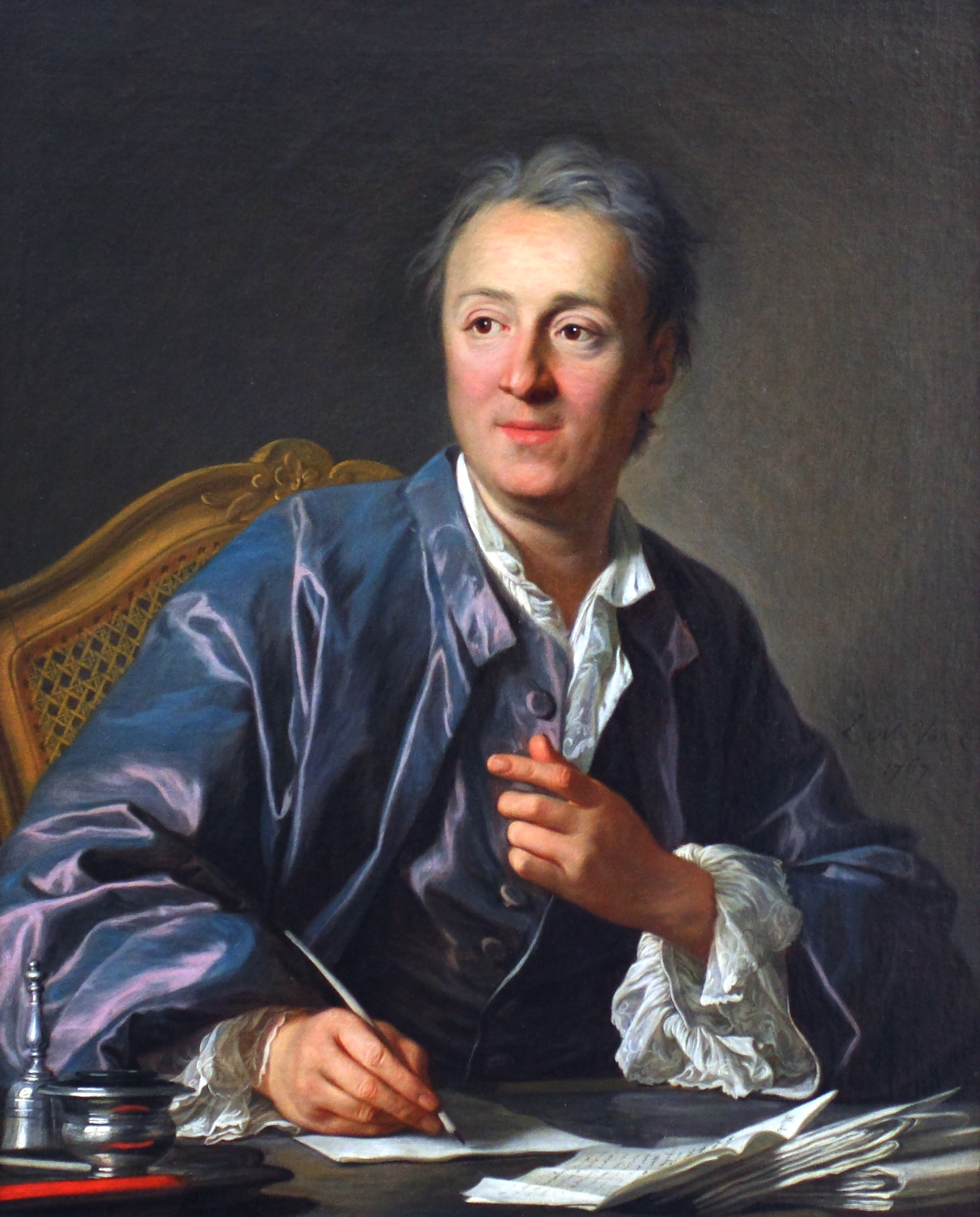France spawned an “intellectual strife” that continues to thrive today
VICTOR LOUPAN, Head of the Editorial Board
The idealised image of France as the bearer of the principles of freedom, equality and fraternity was formed in the distant 18th century, long before the French Revolution which became the progenitor of all intellectual principles that still shape political and intellectual thinking on the globe.
Socialism, communism, nationalism, fascism, chauvinism, liberalism, atheism — all come from there. Even the concept of “homeland” appeared in the midst of bloodshed of the Revolution. Before the French Revolution, people fought for tsars and kings. They were subjects, and then suddenly they became citizens.
When the very autocratic Empress Catherine II received the philosopher and freethinking theorist Denis Diderot, who was specially invited to Saint Petersburg at her expense for a conversation, she did it, because she understood the intellectual importance of what was happening long before the launch of the Revolution itself. The French kings did not read Voltaire, Rousseau or Diderot, but Catherine the Great did. Few people know today that the priceless treasure represented by Voltaire’s personal library is not located in France or Switzerland, but in Russia, because the Empress had bought it. Just like a treasure!

de Largilliére. 1724
The Paris Commune of 1871 is also the matrix of the global revolutionary movement. For Marx, Engels, Lenin, the French Revolution and the Paris Commune were a kind of “Old and New Testament of the builder of communism”. Communism as the last stage of human development. The stage which was always desired by humanity even without realising it. Communist theorists (later they were called “classics”) studied in detail the chronological sequence of the events of the Revolution and the Commune, making far-reaching conclusions.
In War and Peace, Prince Andrey, forebodying his imminent loss of life, grieves that he would die in a battle fighting against the man whom he admired more than anyone else in the world. He means Napoleon, the crowned son of the French Revolution. He was not alone in his thoughts. The Decembrists were part of the same story. In fact, France spawned an “intellectual strife” that continues to thrive today. And with such force that one can but marvel at it.
Behind the academic intellectual leftism which is tearing American universities in pieces including the most prestigious ones, is the so-called “French Theory”. A “French theorism approach”, in other words. Like in the 18th century during the Enlightenment era, the strange name “French Theory” actually hides two or three surnames of French intellectuals of the second half of the 20th century. They include, first of all, Paul-Michel Foucault, whose books on social sciences, medicine, prisons, the insanity problem, as well as human sexuality made him one of the most influential thinkers of the 20th century. Foucault’s multivolume “History of Sexuality” became a world bestseller in the distant 1970s and widely opened the doors of the most prestigious American universities for him, where he was invited to lecture and conduct seminars. All current gender theories, transsexualism and intersectionality come directly from Foucault’s intellectual work.
In addition to Michel Foucault, such thinkers as Jacques Derrida, a philosopher and literary theorist, creator of the modern fundamental concept of deconstruction; Jean Baudrillard, a postmodernism guru, sociologist, culturologist, postmodern philosopher, professor at Yale University; and Gilles Deleuze who is one of the most cited authors of the 21st century in the humanities being at the forefront of contemporary debates on politics, society, creativity and subjectivity – have played a huge role in the current intellectual American revolution.
So, in 2021 these long-dead French intellectuals simply turned the lives of educated people upside down in the US. There was something inexplicable in the influence of Foucault, Derrida, Baudrillard and Deleuze on transformation of the essence of American life, similar to the influence of Voltaire, Diderot and Rousseau on the formation of democracy in Europe.

1767
The Paris Museum of Jewish Art and History has recently opened a wonderful exhibition dedicated to the famous “Paris School”, which played the most important role in the development of contemporary art. The exhibition is called “Paris as a School, 1905-1940” and it is truly beautiful. But one of us might wonder that, with the exception of Modigliani, Picasso and Matisse, all other artists are from Russia. The whole world knows Marc Chagall, Chaim Soutine, Ossip Zadkine, Jacques Lipchitz. Without them, the 20th century art is unthinkable. And without the works of the genius sculptor Chana Orloff as well.
Here is what the French engraver Auguste Clergé, who maintained friendship with all these “migrants”, wrote in 1921: “We place ourselves above any boundaries, and whether our comrade be Russian, Jew, Negro, Chinese or French, we do not care. The original essence of Montparnasse is that it accepts artists from everywhere into a common French family. This is perhaps the only place in the world where a true international republic of literature and art exists. That is why Montparnasse is so attractive and popular”.
Today we no longer “cry in French” like the parrot Flaubert in Vertinsky’s song, we do not love in French like Turgenev, we are no longer buried on Sainte-Geneviève-des-Bois next to Yusupov, Bunin, the Merezhkovsky family, Tarkovsky and Nureyev… But an intrinsic part of the Russian soul is still in France. Once and for all!




